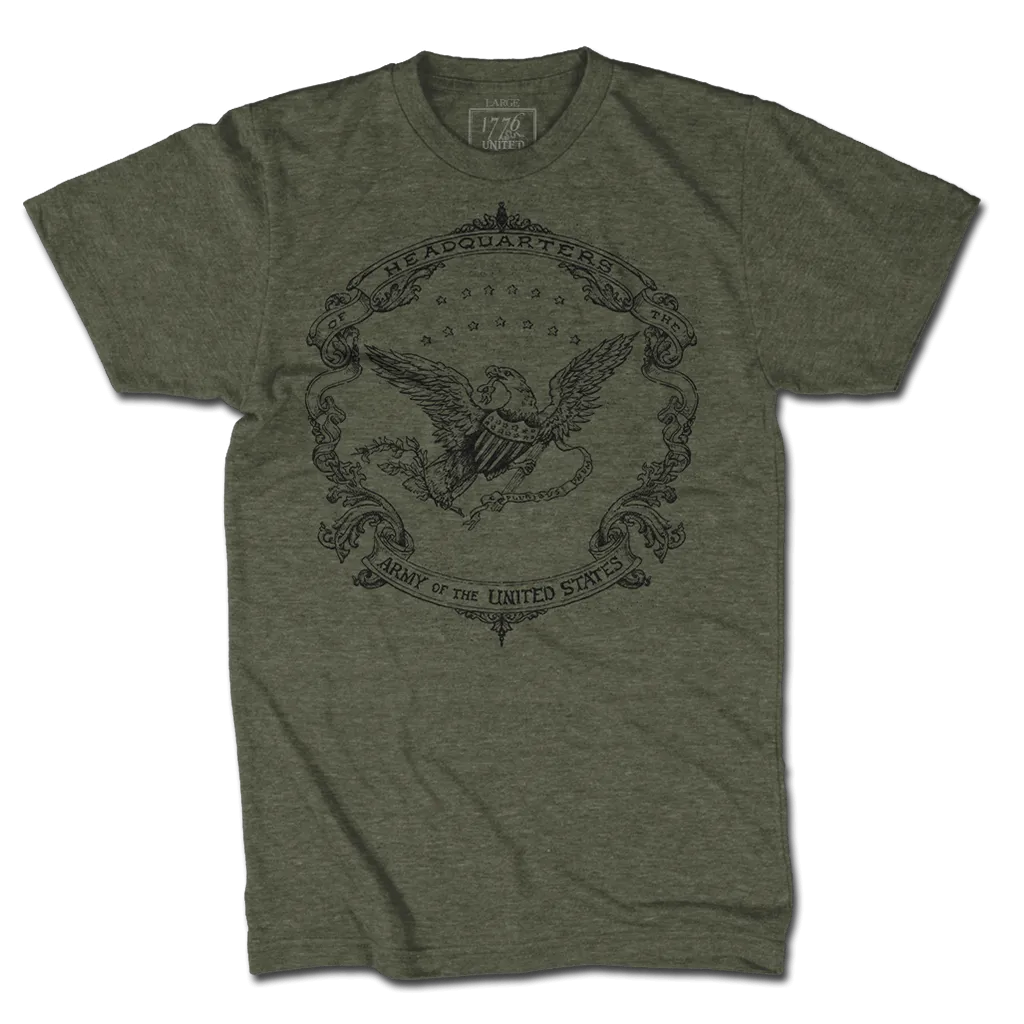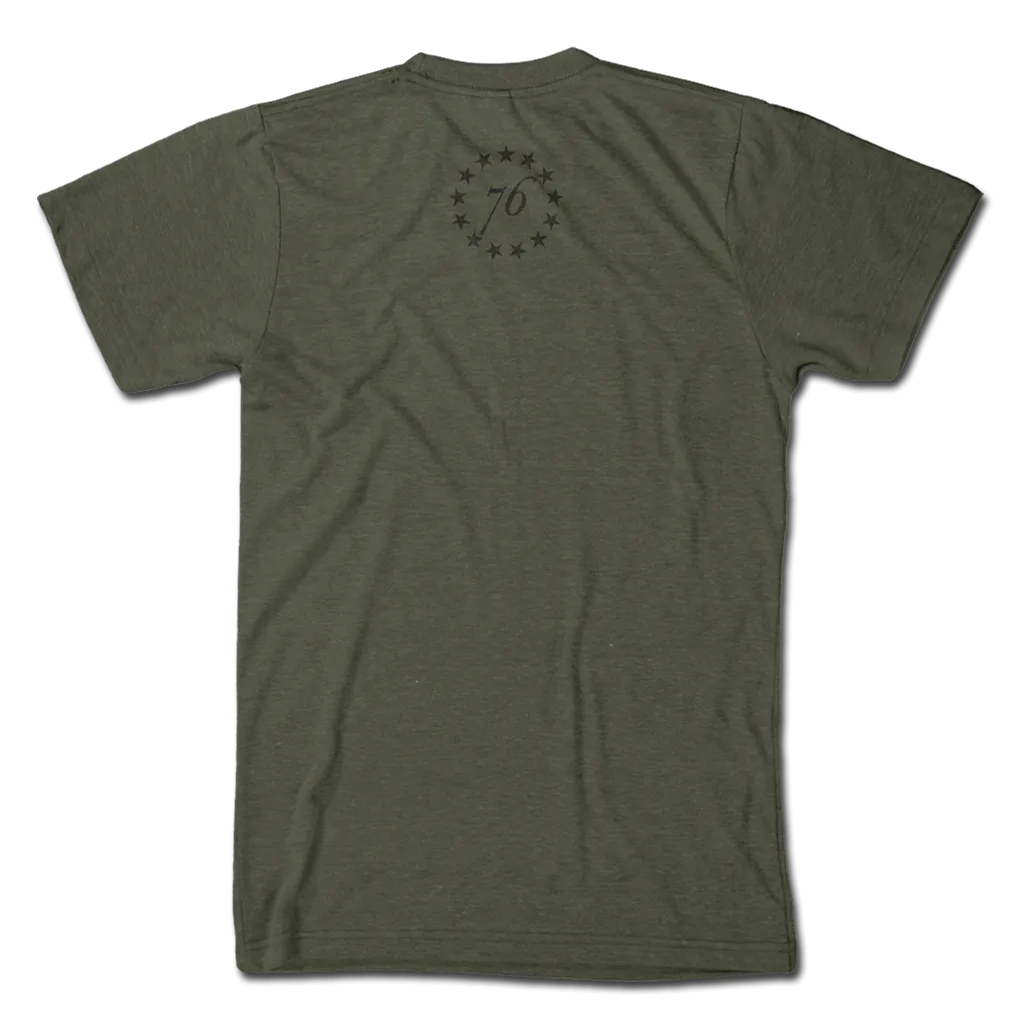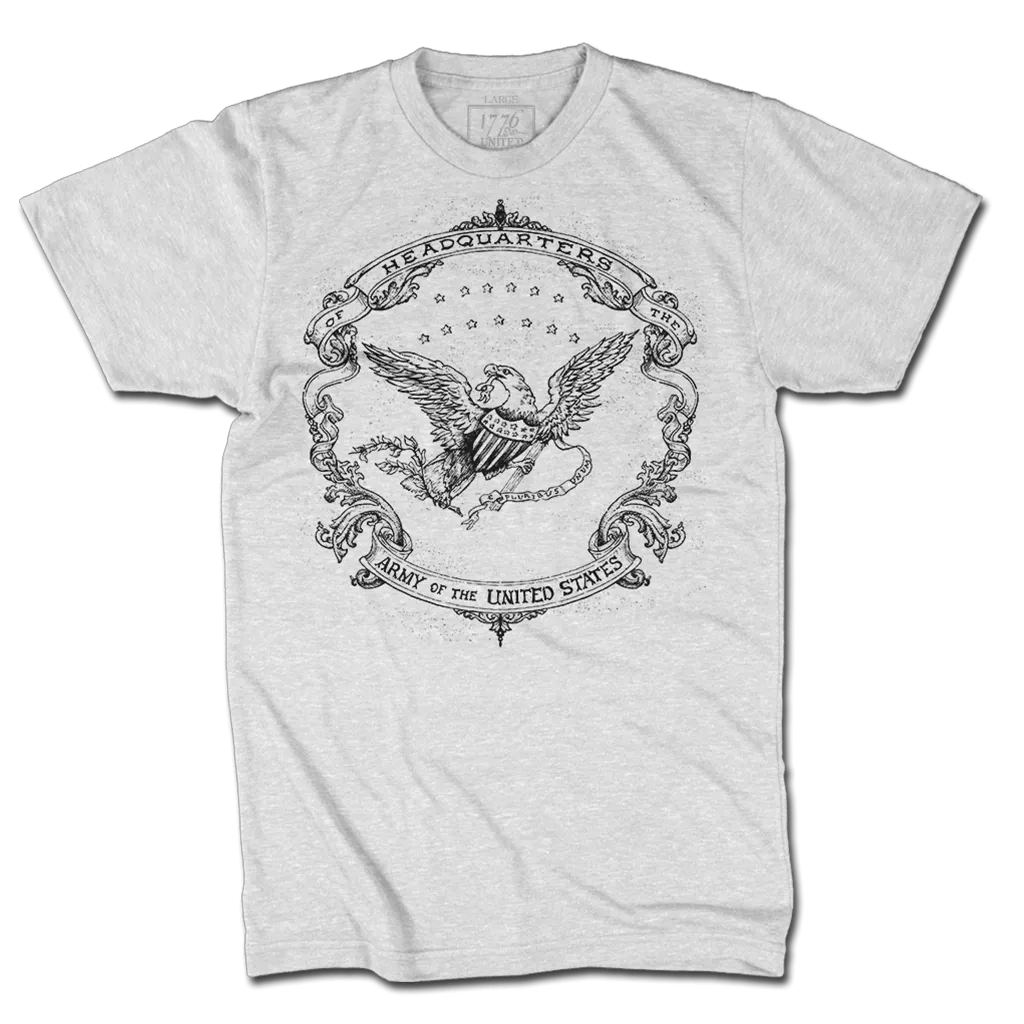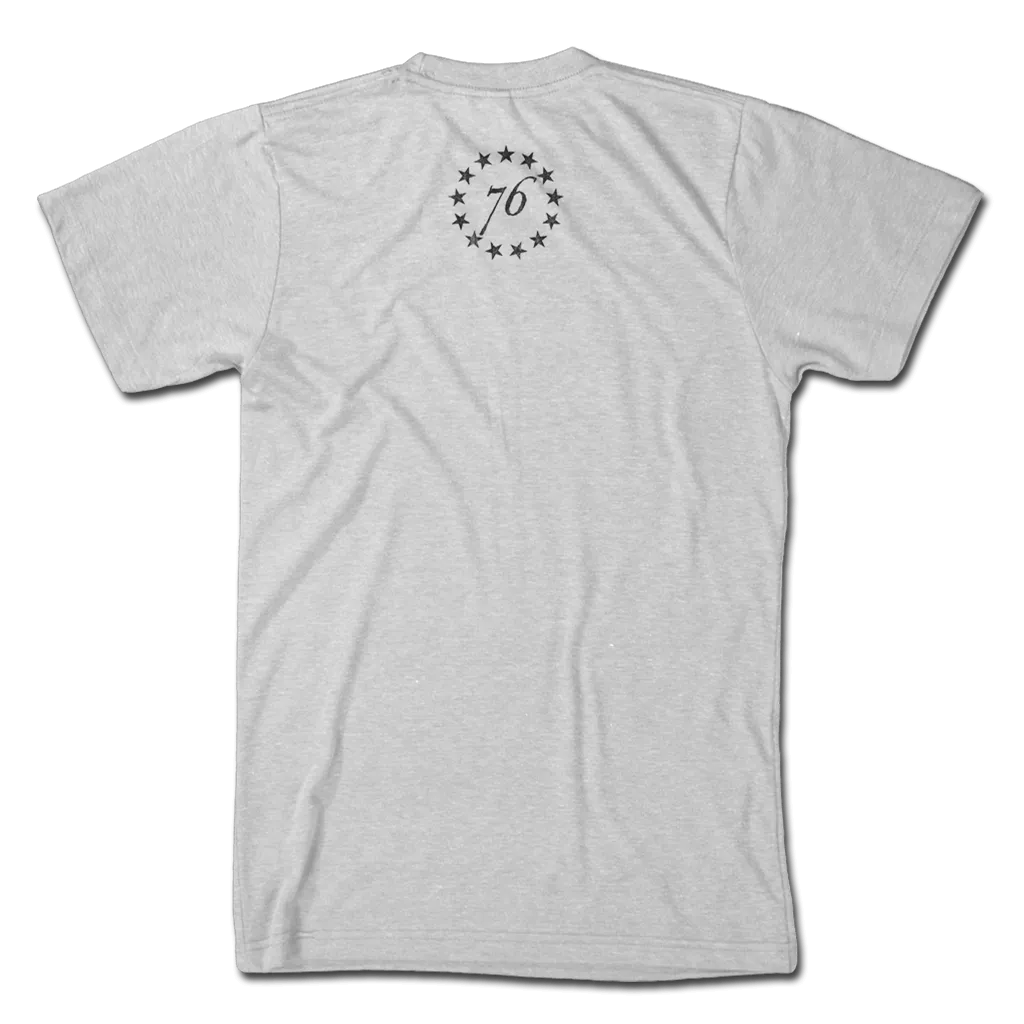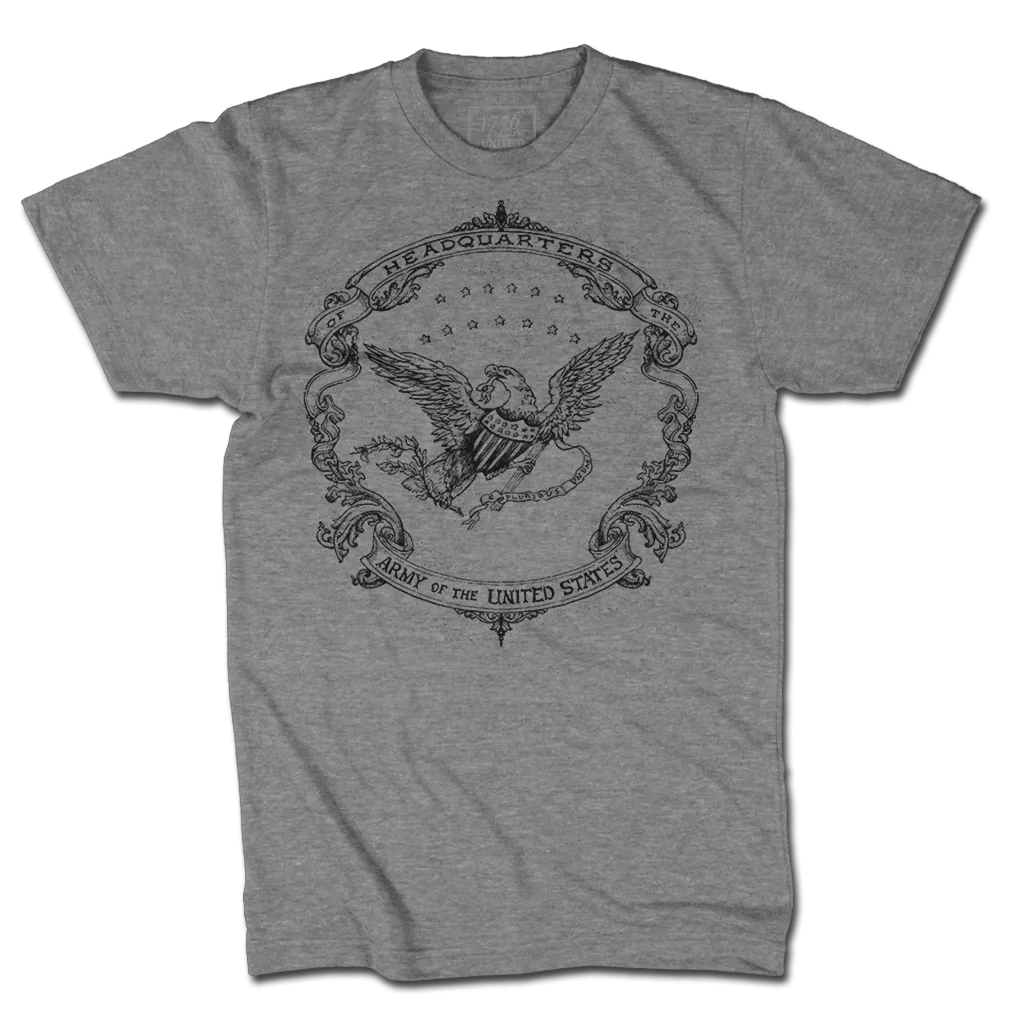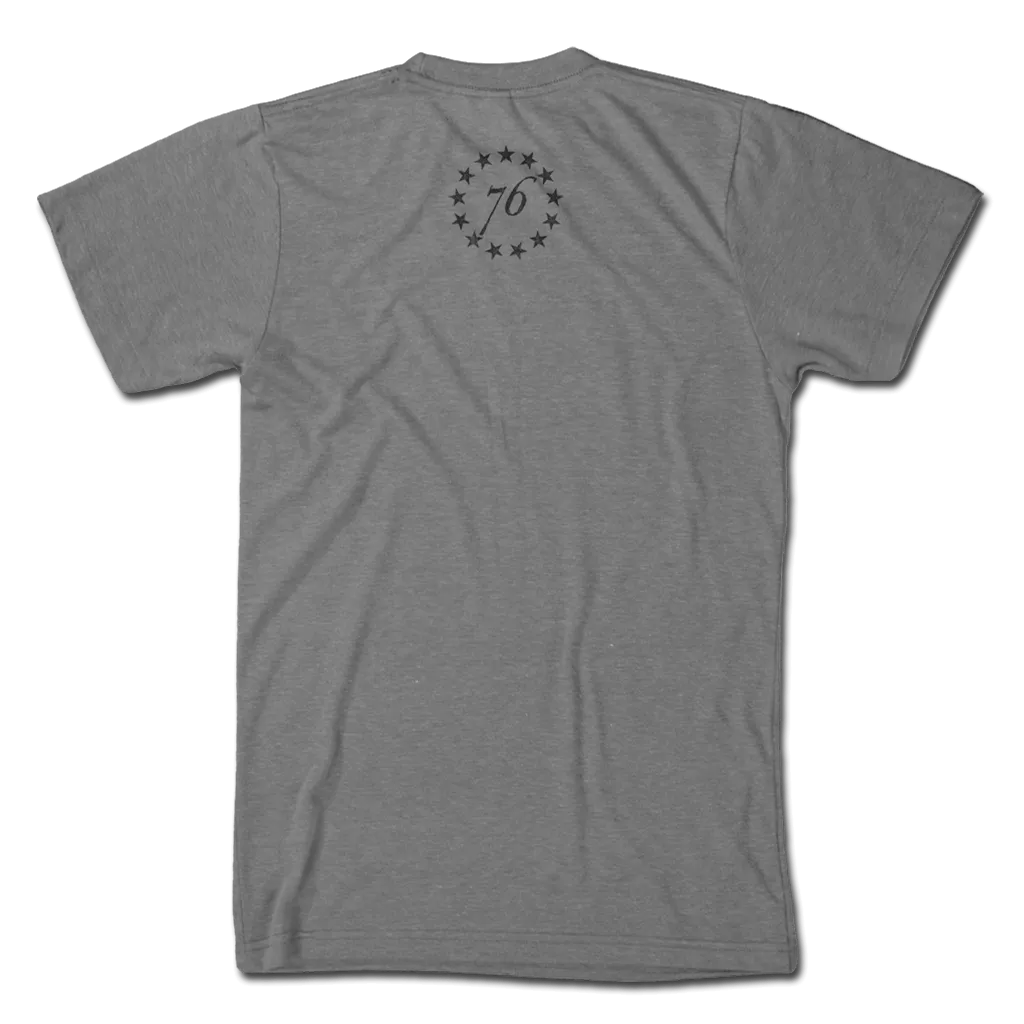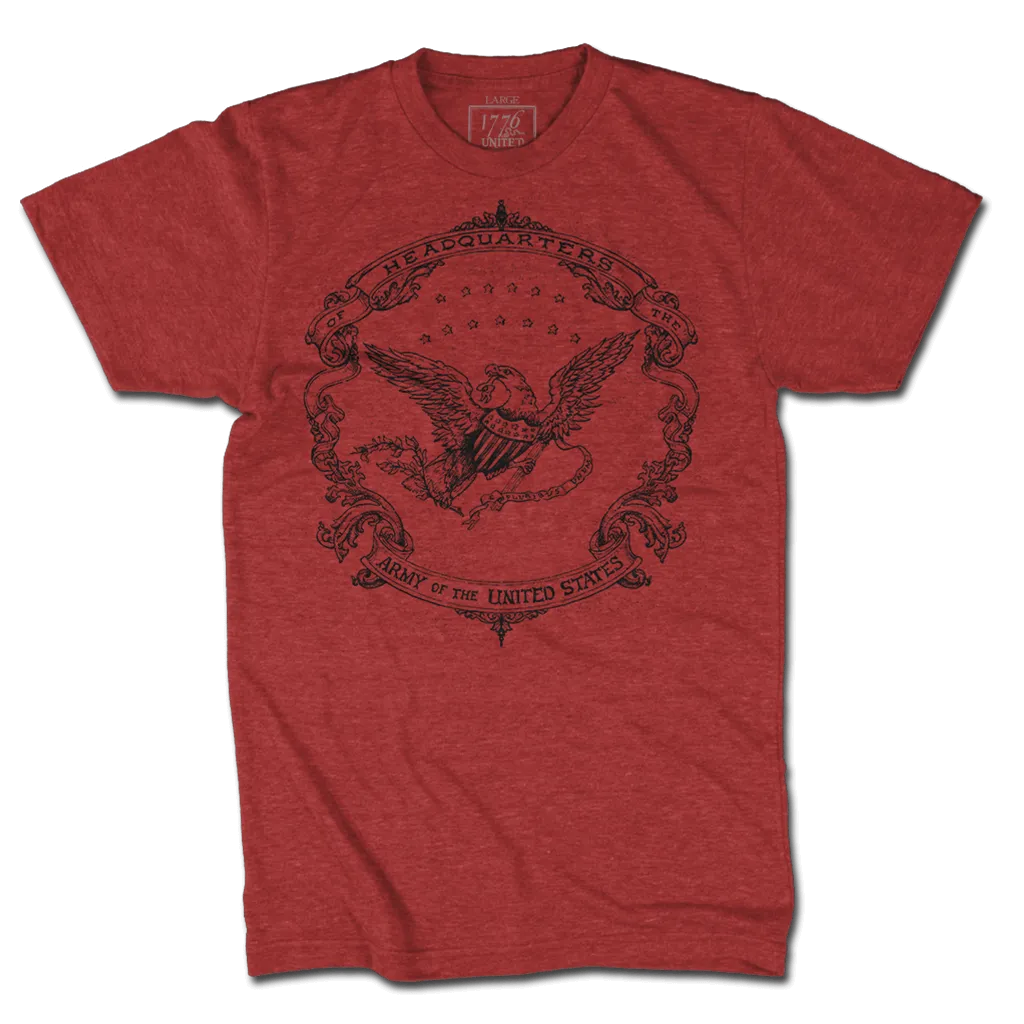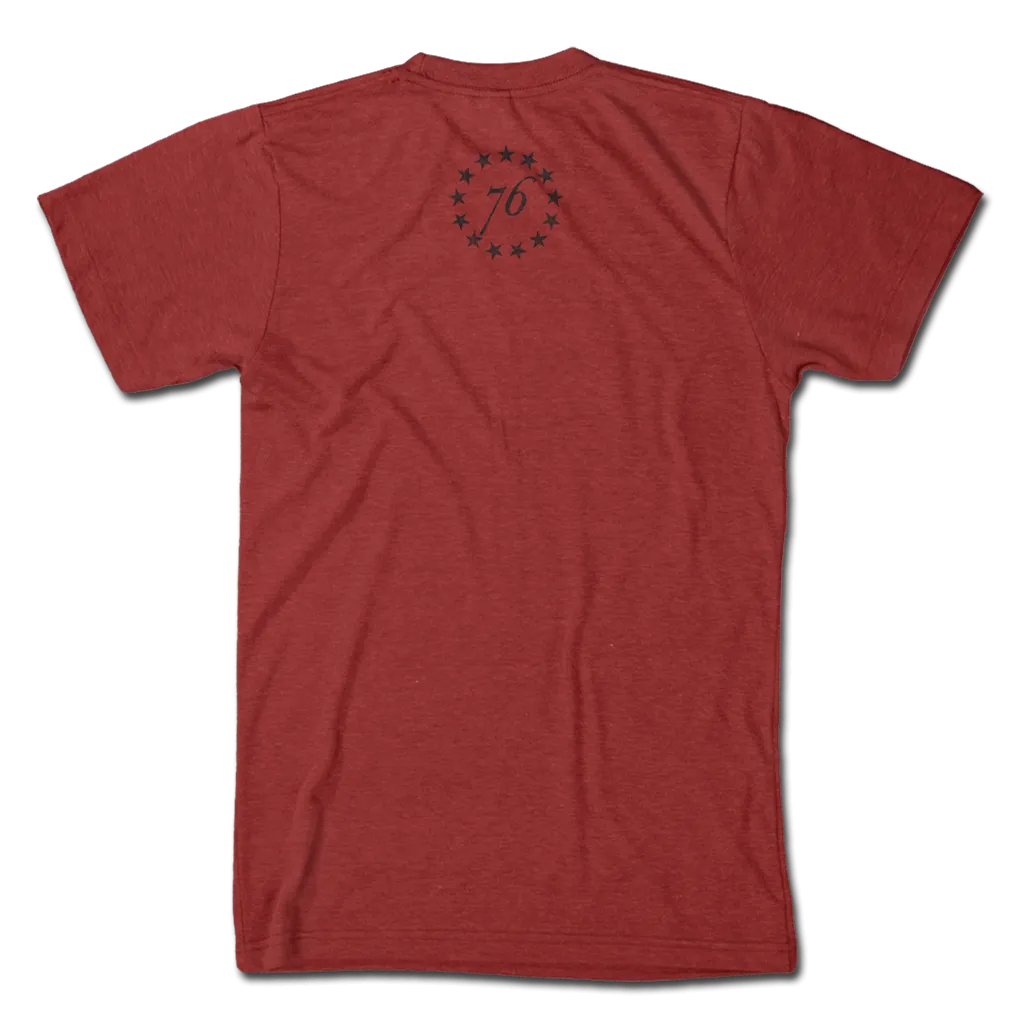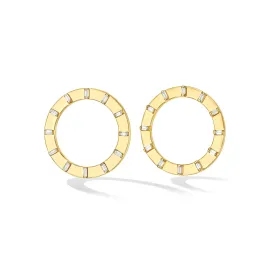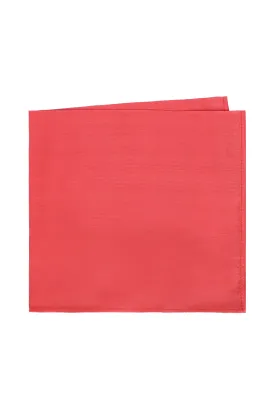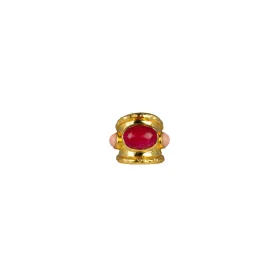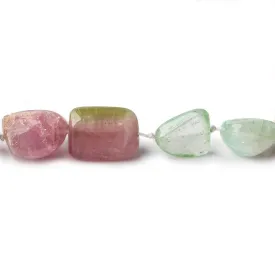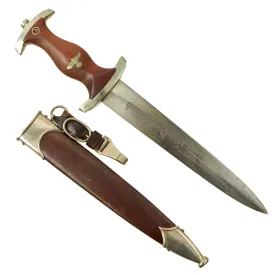On 15 December 1880, Commanding General William Tecumseh Sherman approved a design for a flag of the Headquarters of the United States Army. Before Congress settled on the Stars and Stripes in 1777, Lieutenant General George Washington had a headquarters flag of thirteen six-pointed white stars, but no stripes, on a field of Continental blue. It appears in a painting of the Battle of Trenton done by Charles Willson Peale in 1779, and in one of the Battle of Princeton by James Peale and William Mercer done between 1779 and 1786. The stars, however, are arranged differently in the two paintings.
In the Civil War, Major General George B. McClellan and Lieutenant General Ulysses S. Grant simply employed large, national flags to locate their headquarters in the field or in camp. Grant's was described by his son as "the ordinary bunting United States flag in size that is known as the field flag.
At the lower left of the sketch approved by General Sherman in 1880 is a partially removed, engraved label for the firm J. H. Wilson of Philadelphia, which retailed all branches of military goods and regalia from 1873 to 1899. The label suggests that James H. Wilson's company designed the flag. The Army is known to have bought a flag of this design from that firm in 1885 for the impressive sum of $485.
An example of the Sherman-approved headquarters flag appeared at auction in 2011 from the estate of the great-grandson of Lieutenant General John McAllister Schofield, Commanding General from 1888 to 1895. That heavily embroidered silk flag is 80 by 76 inches and its color follows the blue field of the U.S. Infantry regimental color.
In the late nineteenth century there was a division of authority in the Army between the Commanding General, who controlled the troops, and the Secretary of War who, through the Bureau Chiefs, headed administration. The Secretary of War got his own flag in 1897 and the Army Chief of Staff-whose position replaced that of Commanding General in 1903-was authorized his own flag in 1917. The headquarters flag of the United States Army fell into disuse.
Reference:
Our shirts run a little small and are athletic fit so if you are in-between sizes or are unsure, please order up one size.
White is Triblend: Ultra Soft Tri-Blend (50% Polyester / 25% Cotton / 25% Rayon) construction.
OD Green, Red, and Heather Grey is Poly Blend:




